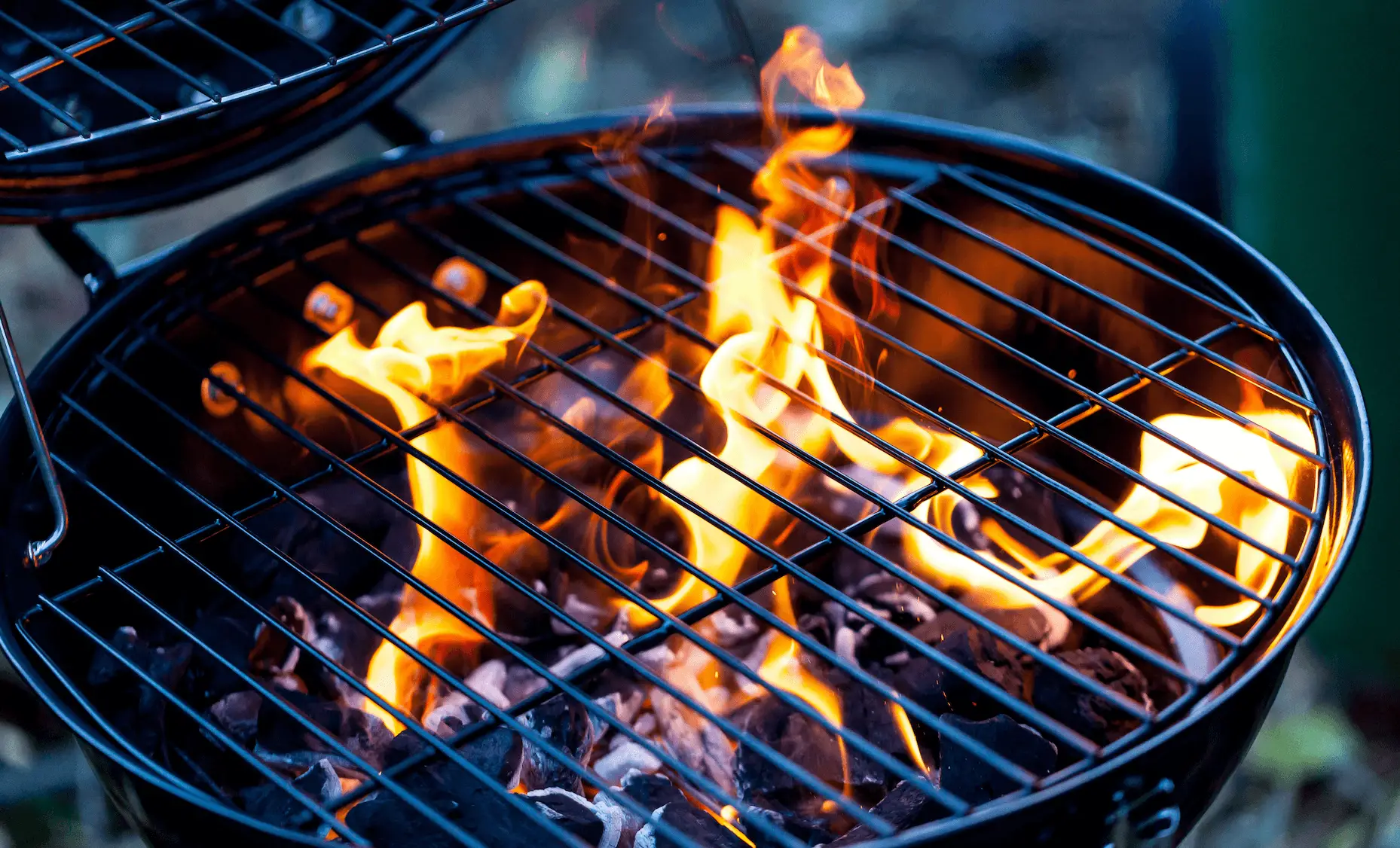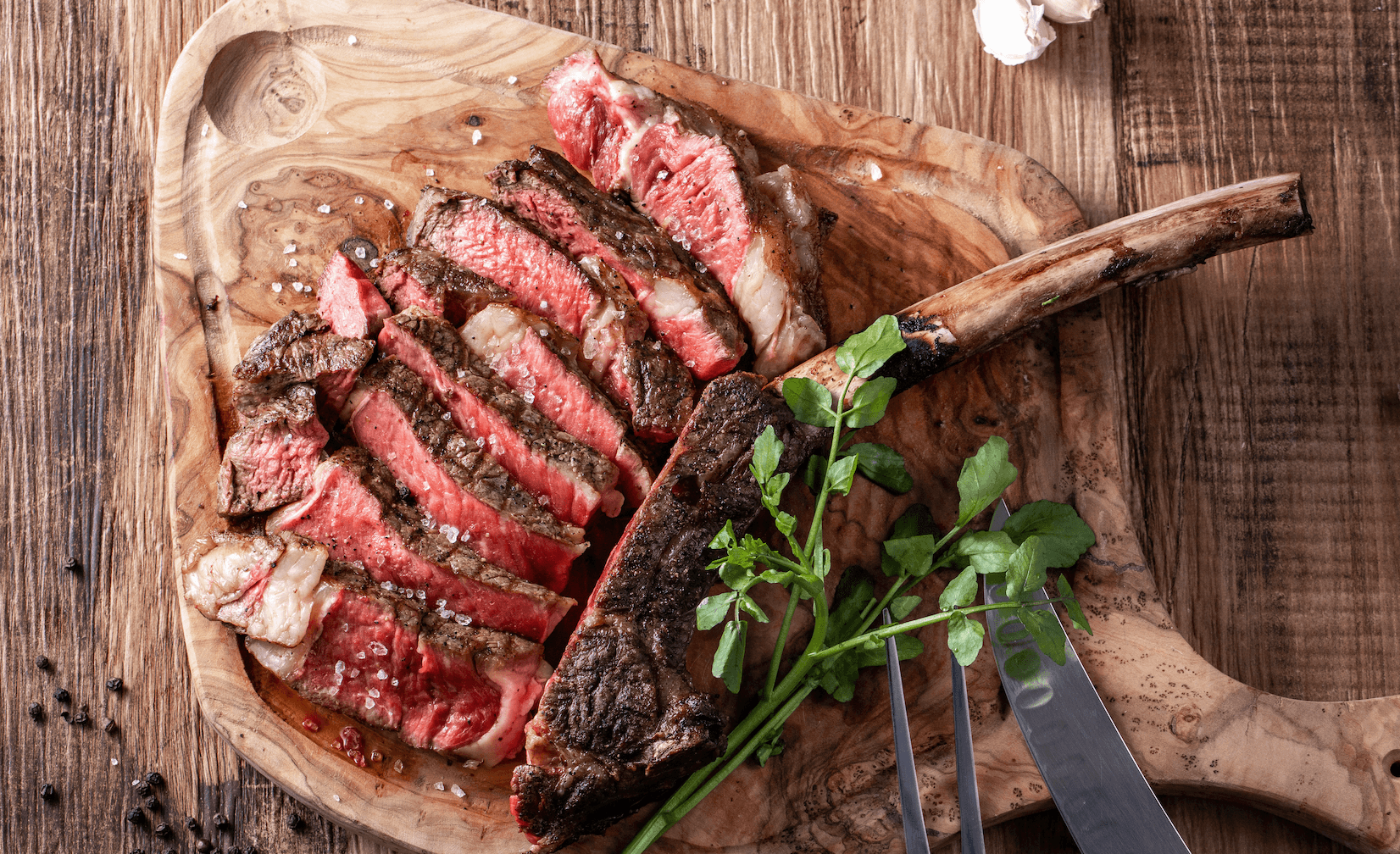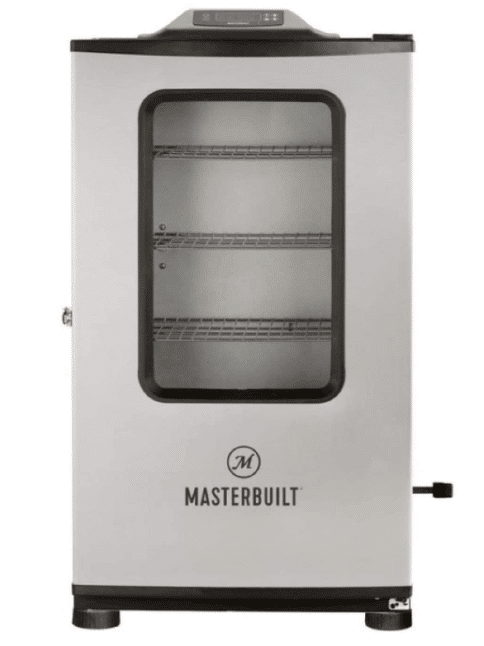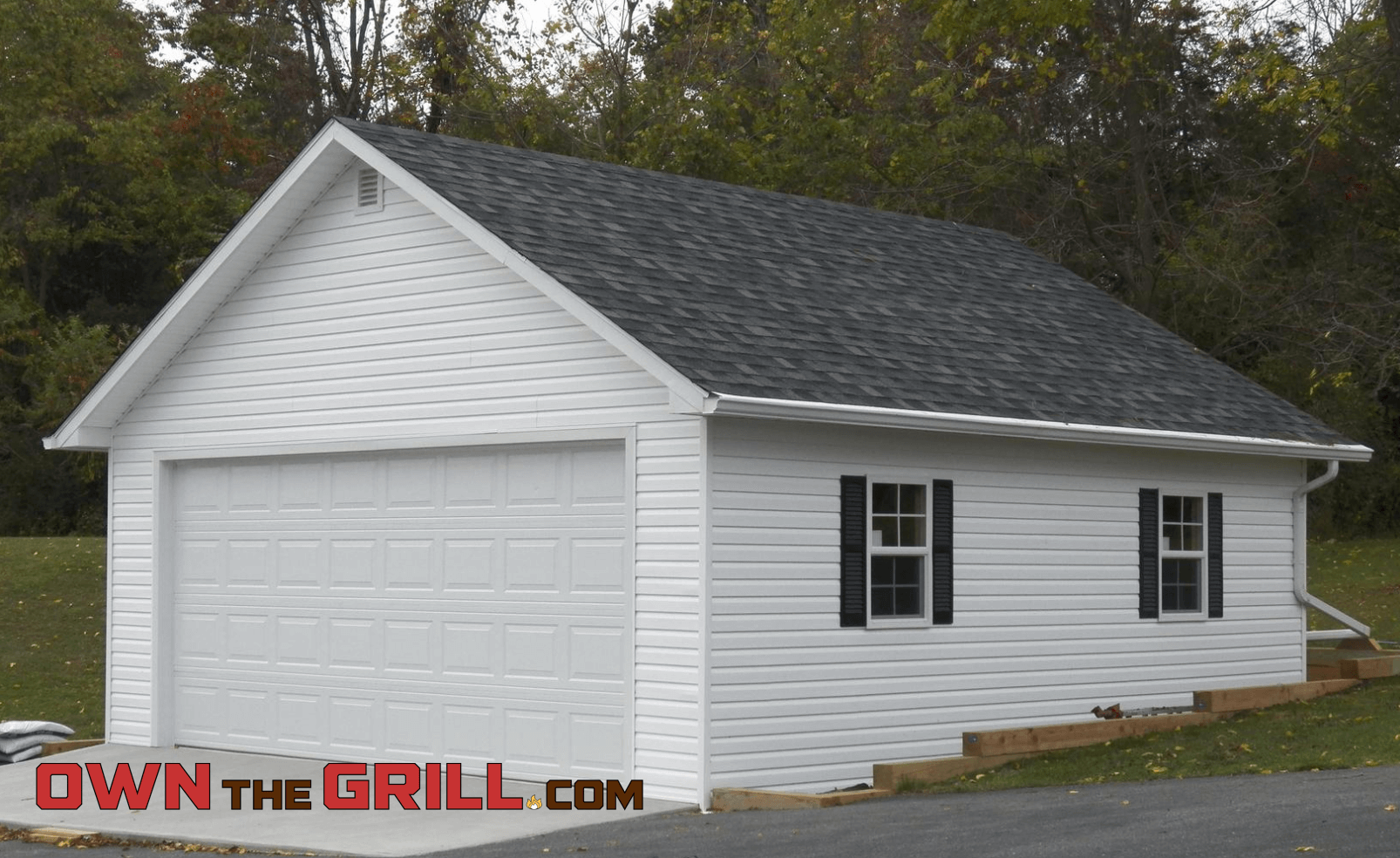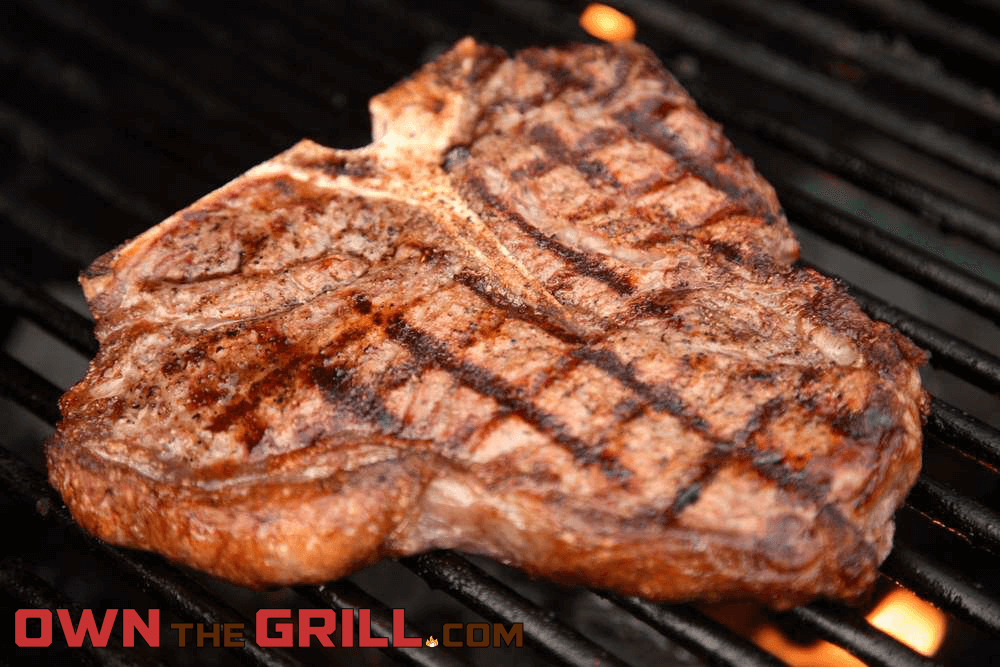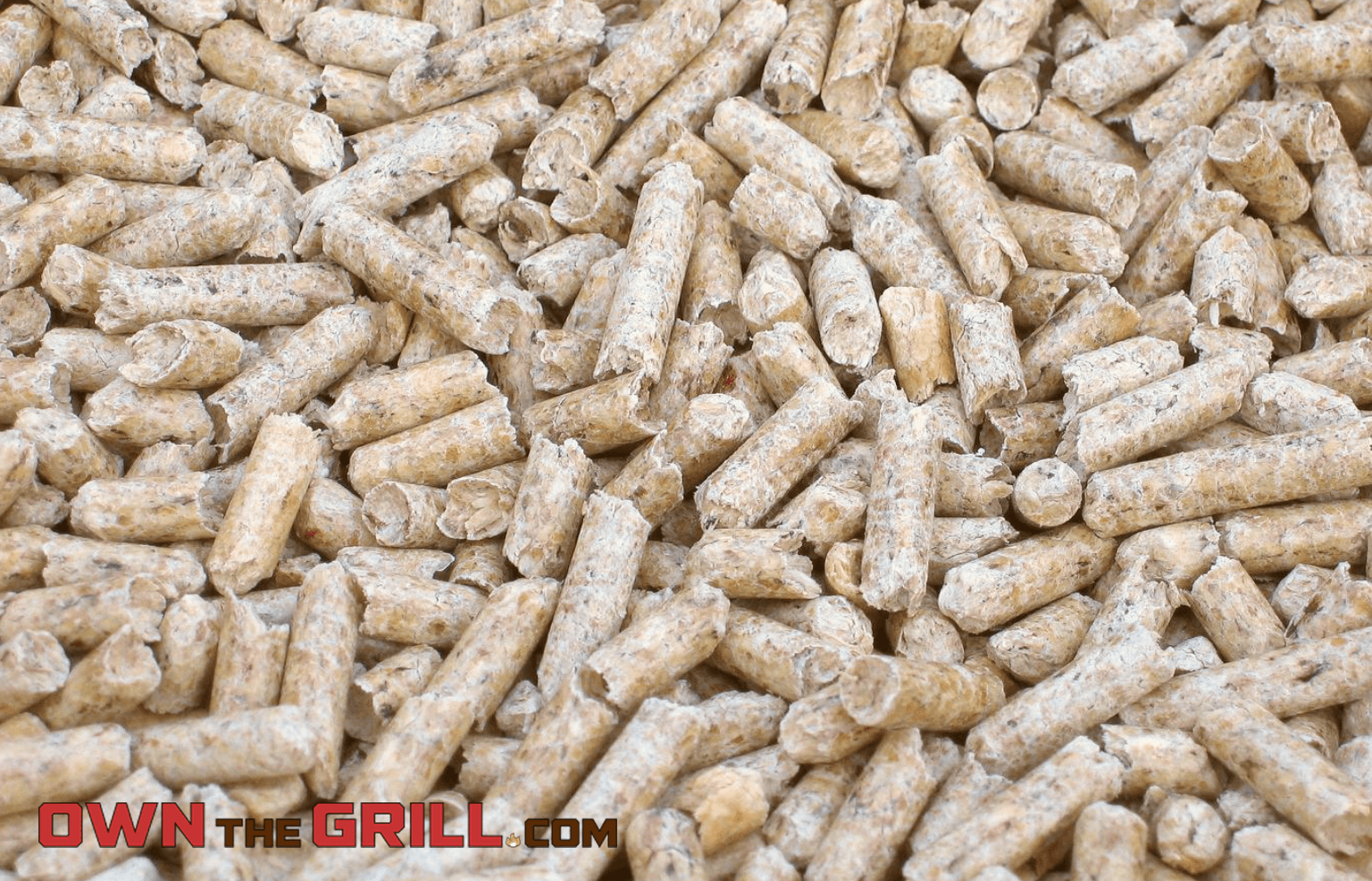This content contains affiliate links. If you make a purchase after clicking a link on this page, we might receive a commission at no cost to you.
It doesn’t matter if you’ve run out, or if you don’t like using it because of how temperamental and out-of-hand a lighter fluid fire can get, having knowledge of alternative ways to fire up your charcoal grill is only going to be beneficial.
Whilst it can be satisfying for those big flames to leap up, they’re difficult to control – lighter fluid is a large contributor to grilling-based injuries reported every year, and isn’t to be underestimated.
A Few Quick Thoughts on Charcoal and Lighter Fluid
The below process is made even easier if you use a charcoal chimney starter. They’re incredibly easy to use and not that expensive, so really they’re a must-have for anybody with a charcoal grill. But the below methodology is still a much better alternative to using lighter fluid.
You might even find that lighter fluid can alter or impair the taste of your food, so even though it “works” to get your coals lit, it isn’t actually the best when it comes to delivering a delicious meal.
Safely lighting a grill is your number one priority, so all of these methods should be practiced with extreme caution by adults, and be sure you have your fire extinguisher handy just in case you need it.
- Designed to quickly produce hot coals for cooking
- Specialized cone-shaped grate and durable construction for longevity
- Ergonomic handle for comfortable use
Newspaper Makes Excellent Kindling!
If you happen to have a bunch of spare papers lying around – this has to be newspaper as it’s thinner and burns quickly, not what you’d put in your printer for example – it can be great for getting your charcoal grill going.
How To Start Your Charcoal Grill Without Lighter Fluid
Step One: Clean Your Grill Vents
If you skip this step, it’s not going to work properly, as you’ll reduce the airflow and minimize the access that charcoal has to oxygen, which is imperative for the burning process:
Open up those bottom vents and give everything a THOROUGH clean.
Once everything’s emptied out and tidied up, leave your vents completely open before you continue, for consistent airflow throughout.
Step Two: Crumple Your Paper
Make four or five crumpled balls of newspaper, then arrange them in a pile in the center of your charcoal grate – use more if you have a larger grill, but you need to leave room on the top.
Struggling to light your fire with paper alone?
You could take the time to soak half of each sheet in some vegetable, canola or olive oil to slow the burning process, before crumpling it up – this might prolong your fire in general, too!
Step Three: More Kindling
Collect some small, bone-dry sticks and place on top of your crumpled paper, creating a little nest; you can also tuck them around the edges of your paper pile to increase your fire’s surface area.
It’s incredibly important to use DRY sticks, as anything that won’t snap in your hands is going to inhibit the fire and lead it to go out – make sure you have some extras on hand in case it needs refueling mid-grill.
If you can’t find any suitable sticks, you can substitute them with more paper, but you’ll probably have to continue to restock before the charcoal briquets properly catch, so have a pile of extra crumpled newspaper balls on hand.
Step Four: Charcoal Time
Select three or four pieces of charcoal to start off with, as these will begin the fire for the rest – put them in the middle of your pile, resting on top of the dry sticks, making sure they aren’t blocking the paper beneath entirely.
Using a match, firestarter or long lighter, light your paper on fire in several places across the grill, until a big, bright fire is crackling away – hopefully at this point, you’ll find the kindling begins to catch, too.
Should you notice the paper is almost burnt and the sticks haven’t quite managed to begin burning properly, add one or two more loose newspaper balls close to them and light those up, too.
Step Five: Watch Your Smoke
Alerting you to the beginnings of a burn on your charcoal briquets, smoke is a great sign that your fire is almost there, as is ash beginning to gather on them (and not from the paper or the sticks).
Slow and steady wins the race here, so keep watching, continuing to stoke your newspaper and kindling fires until you can see there’s ash on the charcoal or plumes of smoke are beginning to rise.
Step Six: Gradually Increase Charcoal
As soon as the first few charcoal briquets are successfully smoking, begin to add more pieces, one after the other – you don’t want big orange flames at this point, but gray/white ash to indicate a steady burn
Continue building up your briquet pile in the center, with those internally being the only ‘hot’ pieces; if things are working as they should, smoke should continue to rise from the center of your pile.
Step Seven: Distribute Your Coals, Then Cook!
At this point, the majority of your pile of coals should be coated in that familiar white/gray ash, with the inside of your pile being aglow and orange-red with heat, and that means you’re ready for cooking.
Relocate your charcoal around the grill, spreading carefully and adding a couple more pieces if the fire is beginning to die down – use HEAT-RESISTANT tongs with the longest possible handle for this, being incredibly careful.
In order to guarantee a strong, long-lasting burn, the coals should be kept closely packed, though not crowded so much there’s no airflow; this conserves the heat and keeps everything burning.
Regularly top up your coals, and don’t wait until everything’s almost burnt away to do it, or you’ll find your meat cold and your stomach rumbling! If you notice around half of your briquets are gone, top them up.
Although you’ll then have to wait before you carry on cooking for that telltale ash to appear, but you don’t have to start from scratch, and this method guarantees an even, thorough cook for your meat.
How Much Charcoal Do You Need?
- Small grills should be fine with between twenty and thirty pieces
- Most commonly found, medium grills will be better with up to forty
- Commercial grills can take up to two full bags of charcoal for a successful burn, which will take you far too long using the newspaper method!
Final Thoughts
I hope you’ve found this guide for how to light a charcoal grill without lighter fluid to be helpful. If you want to learn more about grill safety and how to use a charcoal grill, check out the below resources next:



